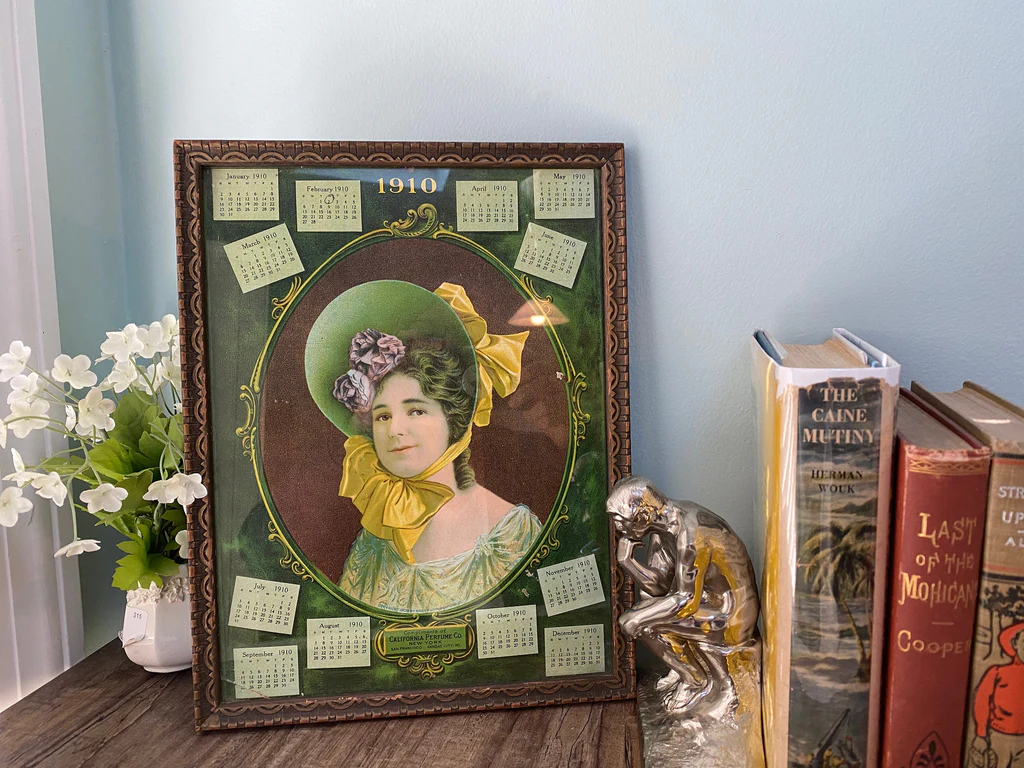The Swinging 60s: The Paper Dress Craze
The 1960s was a decade of immense cultural change and revolution. From the civil rights movement to the British invasion of rock 'n' roll, this era was defined by its break from tradition and embrace of the avant-garde. Among the many trends that emerged during this time, the paper dress craze of the 1960s remains one of the most fascinating and iconic.
The Birth of a Revolution
The 1960s was a decade characterized by youth culture, rebellion, and experimentation. It was in this atmosphere that the paper dress made its grand entrance. The concept of disposable fashion, designed to be worn a few times and then discarded, was the perfect embodiment of the era's free-spirited attitude.
The Creators Behind the Trend
Scott Paper Company, a manufacturer of paper products, is often credited with starting the paper dress trend. In 1966, they partnered with the advertising agency J. Walter Thompson to create the "PaperCaper." This marketing campaign introduced disposable paper dresses to the American public, and it wasn't long before paper dresses became a fashion sensation.
Designing the Unthinkable
Paper dresses were not just plain, utilitarian garments. Designers like Andy Warhol, Rudi Gernreich, and others collaborated to create artistic and eye-catching designs. These dresses featured vibrant colors, psychedelic patterns, and bold prints that reflected the spirit of the 1960s.
The Popularity Soars
The appeal of paper dresses was not just limited to their unique designs; they were also incredibly affordable. Priced at around $1 to $2 each (equivalent to about $8 to $16 today), they were accessible to people from various socioeconomic backgrounds. As a result, the paper dress craze took off, with young people across the country donning these disposable fashion pieces to parties, concerts, and even everyday outings.
Icons Embrace the Trend
Celebrities and pop culture icons of the 1960s also played a significant role in popularizing paper dresses. Stars like Edie Sedgwick and Pattie Boyd were often seen wearing paper dresses at events and in magazines. The endorsement of such style icons helped cement paper dresses as a symbol of youthful rebellion and artistic expression.
The Fall of the Paper Dress
As quickly as the paper dress trend emerged, it began to fade away. By the end of the 1960s, the novelty of disposable fashion had worn off, and practicality started to matter more. Paper dresses were not the most comfortable or durable option, and people began to return to traditional fabrics and styles.
The Legacy of the 1960s Paper Dress Craze
Though the paper dress craze of the 1960s may have been short-lived, its impact on fashion and culture was long-lasting. This trend represented a moment in time when fashion became a form of art and self-expression, transcending its practical purpose. It challenged the status quo and celebrated the spirit of youthful rebellion that defined the 1960s.
In retrospect, the 1960s paper dress craze serves as a reminder of the era's creativity and willingness to push boundaries. It was a time when fashion was as much about making a statement as it was about covering the body. And while paper dresses may no longer hang in our closets, they remain a symbol of an unforgettable period in fashion history.
Conclusion
The 1960s paper dress craze was a colorful and unconventional chapter in the history of fashion. It captured the essence of a decade defined by change, rebellion, and artistic exploration. While paper dresses may have faded into obscurity, they will forever remain an iconic representation of the free-spirited and innovative spirit of the 1960s.
As you may guess, the paper dress had several challenges, including its inability to get wet. Several manufacturers worked to provide moisture resistant paper dresses, an example from the era is available at Duckwells, the online vintage and antique shop.




Comments
Post a Comment